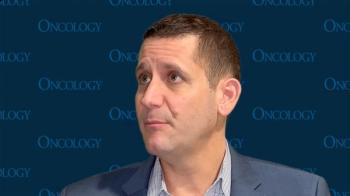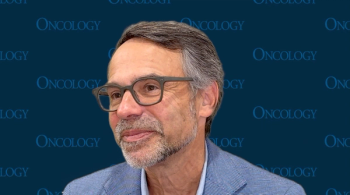
- Oncology Vol 30 No 4_Suppl_1
- Volume 30
- Issue 4_Suppl_1
(S048) Long-Term Survival in Patients With Glioblastoma Multiforme: Frequency and Prognostic Factors
This is the largest series of long-term GBM survivors (≥ 5 yr), emphasizing the importance of patient selection and maximizing the extent of resection.
Raymond Sawaya, MD, Dima Suki, PhD; UT MD Anderson Cancer Center
INTRODUCTION: Glioblastoma multiforme (GBM) is a highly aggressive and rapidly fatal primary brain tumor. Median patient survival is 12–14 months. Very few treated patients survive longer than 5 years. Favorable clinical and treatment characteristics, like age, performance status, and extent of resection, have been shown to extend survival for a few months. However, factors associated with long-term survival of 5 years are largely unknown. A better understanding of these factors may provide important insight into GBM and its management.
METHODOLOGY: Consecutive patients surviving > 5 years after the initial GBM resection were identified. Prospectively collected demographics, clinical, imaging, and treatment data were retrospectively reviewed and analyzed. The study was conducted under the auspices of an institutional review board–approved protocol. The study period was June 1, 1993 to May 31, 2010 (to allow for assessment regarding 5 years of survival). Extent of resection was measured using volumetric analysis of preoperative and postoperative magnetic resonance imaging (MRI).
RESULTS: Among 701 newly diagnosed GBM patients, 72 patients (10%) survived a minimum of 5 years, with a median survival of 13.6 months for the entire cohort. Of the multiple variables correlating with a longer survival on the univariate analysis, four factors remained significant in the multivariate analysis: age, Karnofsky performance status, necrosis on the MRI, and extent of resection. Using a combination of these factors, patients can be classified into four groups, whose survival ≥ 5 years varied widely. For patients with 100% resections, survival ≥ 5 years was 50% for Group A, 21% for Group B, 13% for Group C, and 2% for Group D. The corresponding numbers for patients with less than 100% resection were 8% (Group A), 13% (Group B), 1% (Group C), and 1% (Group D).
CONCLUSIONS: This is the largest series of long-term GBM survivors (≥ 5 yr), emphasizing the importance of patient selection and maximizing the extent of resection.
Proceedings of the 98th Annual Meeting of the American Radium Society -
Articles in this issue
Newsletter
Stay up to date on recent advances in the multidisciplinary approach to cancer.
















































































